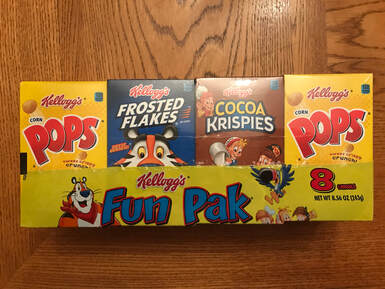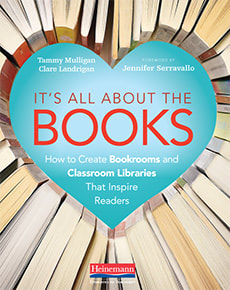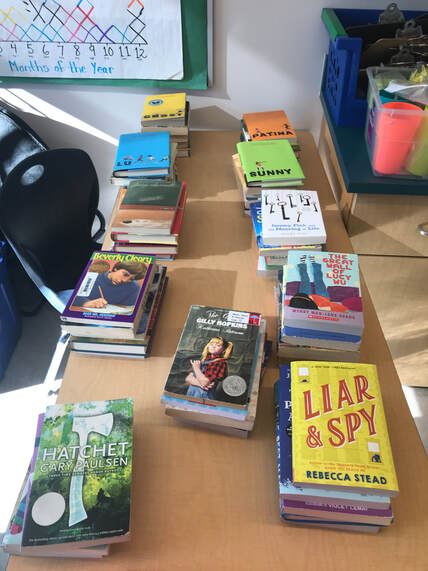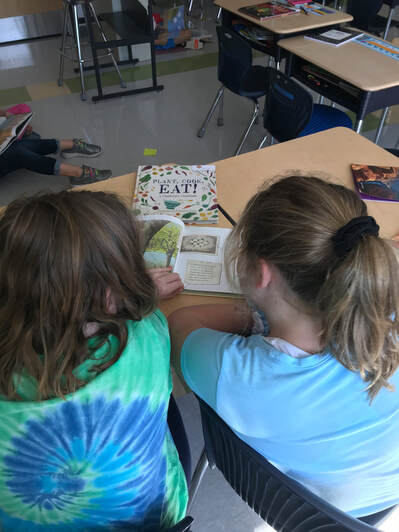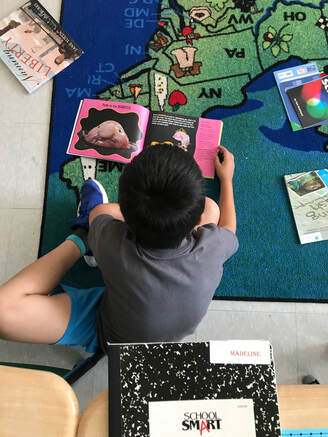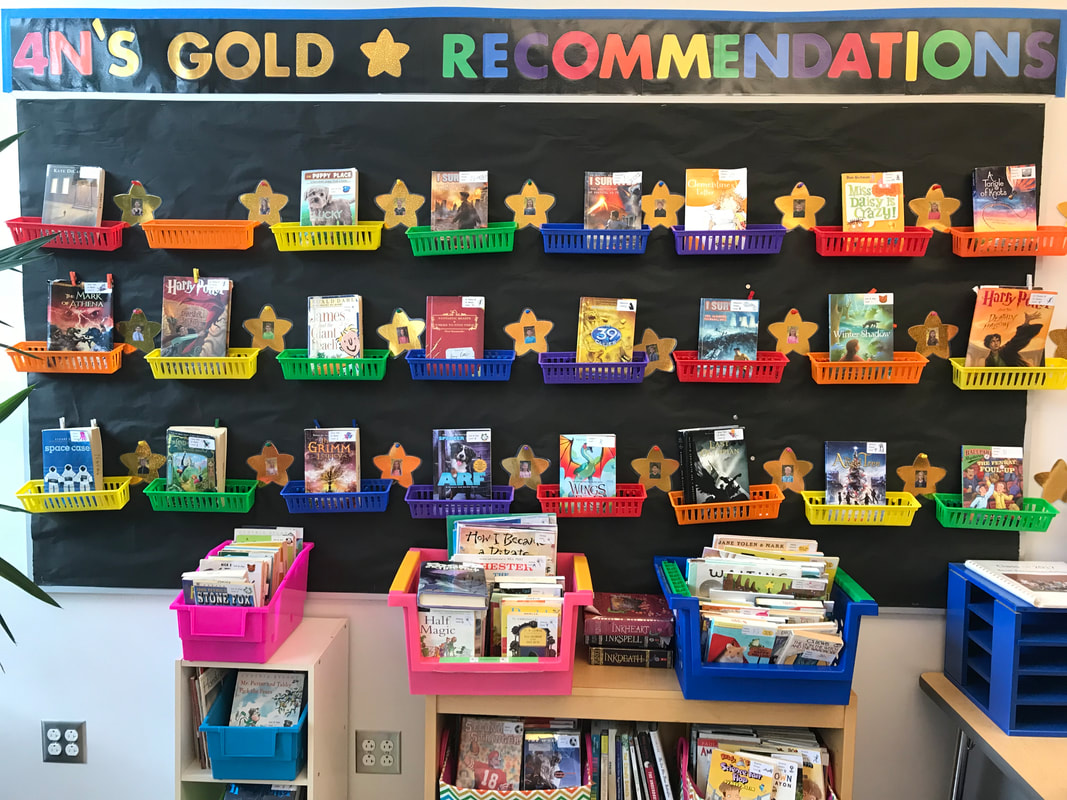|
My 104-year-old grandmother died on Valentine’s Day. That’s why this post is a few days late. This month’s 20 in 2020 is dedicated to you. As my friend said, you’ll always be my forever Valentine. 20. Smile-People talk about smiles lighting up the room. My grandmother’s smile lit up the universe. My mother and aunt chose a sparkly dress for her burial gown, and they couldn’t have chosen a more appropriate final outfit for her. My aunt’s husband said, “It reminds me of starlight.” On my pre-dawn hikes and runs when shooting stars streak across the sky, I’ll think of her. 19. Loyalty- Many people give lip service to loyalty, but few people embody loyalty. My grandmother did. Her husband died forty-three years ago this April. She never went on a single date. My cousin’s husband said she waited till Valentine’s Day to die so that she could kiss her husband on Valentine’s day almost forty-three years later. But in order to represent a trait, it can’t just be in one area of life. She was fiercely loyal to her town Hazel Crest, Illinois. Countless people tried to get her to leave her neighborhood and the house that she moved into February of 1957 and stayed in till December 2019. People wanted her to move because her neighbors no longer shared the same skin color as her. She didn’t budge. It was her neighborhood. She was staying thank you very much. Lastly, she attended church at St. Anne’s Parish for sixty-two years. My grandmother was as much a fixture of that church as the cross on the wall and the lectern on the altar. Her church along with four other churches in the south suburbs of Chicago have to combine themselves into one parish due to low attendance. I think my grandma had to leave this world before that happened. 18. Six-Pack Cereal-When my brother and I were young and stayed overnight at my grandma’s house, she bought us six-packs of cereal. Not a box of Cheerios among them. Nope. Each one of these boxes brimmed with sugar. My brother and I alternated who picked first. Then one-by-one we divvied up the boxes so that we could eat them as fast as we could, slurping up the colored milk in the bowl between servings. 17. Playing Cards-It was hard to know where to put this one. Playing cards with grandma was as much a part of spending the night at her house as that sugary cereal and just as sweet. She was fiercely competitive. With us as kids, war was her game of choice. The amazing thing is she didn’t just play war with my brother and I, she played cards with both my sons. The picture below is from three years ago. She’s playing war with my youngest son, Corbin. What you can’t hear, is the laughter. She was saying comments like, “I got you now,” and the two of them giggled away. The next year, I visited her with my older son. By this time, her cognitive abilities had begun to fail. She wanted to teach us a card game neither of us had played before, but she couldn’t really remember the rules. So, she decided the rule was everything I did was wrong, and everything my older son did was correct. My older son would play a certain card or a certain suit, and I tried to do the exact same thing. “No, Katie,” she said. “You can’t do that.” It turns out I couldn’t play any of my cards, but Anders could play any card he wanted. This happened every round. Anders and I locked eyes and burst into uncontrollable laughter. She started to laugh, too, even though she didn’t understand why we were laughing. It was the most fun I’ve ever had playing cards, yet it was the worst card game in my life. 16. Prayer-My grandmother prayed every night, and she often prayed for other people. This practice is an important reminder that we are not running the show, and that our prayers should be directed toward helping others. I'm so grateful that all the roses people sent to the funeral home will be turned into rosaries her daughters can keep. 15. Service-But we need to focus on helping others in our every day lives, too, not just in our prayer lives. At 100, my grandmother sang in “The Three Marys Choir” and ministered the Eucharist at her church. 14. Independence-My grandmother was fiercely independent. If something could be done herself, she did it. She took out the garbage and shoveled the snow, thank you very much. She didn’t need help. The world would be a different place if everyone did everything they could by themselves. 13. Driving-It’s never too late to learn something new. When my grandmother moved out of Chicago to a southern suburb in 1955, at the age of forty, there were no suburban buses. So, she had to learn how to drive. She did, she drove till she was ninety-five and she was proud of it. Celebrate your successes. 12. Exercise-You can’t live to be more than 100 without it. She attended exercise class three times a week and walked the neighborhood a couple of times a week well into her nineties. 11. Bowling-In her eighties, she bowled a 199. I’ve never bowled anywhere close to a 199. It goes to show that if you persevere and practice something your whole life, you will refine your craft. 10. Toffee Squares-By now, you know I’m in love with the number ten and the base-ten number system. So, something special had to go in the number ten slot. No one would say my grandma was a cook, including my grandma. But, her toffee square recipe is unforgettable. One of my running partners calls my grandma’s toffee squares liquid crack. When I place forty-eight squares in the teacher’s lounge, there are hardly any left by the third lunch period. 9. Flexibility-Many people wouldn’t use this word to describe my grandma, but the truth was she became more and more flexible as her life progressed. Not only did she accept the changes in her neighborhood, she made an effort to know her new neighbors. She attended exercise class with her new neighbors, played Texas Hold ‘Em with her new neighbors and welcomed them into her house. Her neighbor, Sharon Robinson, watched over my grandma with a love as fierce as any family member. Who can you talk to today who you view as somehow different from you in some way? What newcomers can you welcome into your community, into your home? 8. Cards in the Mail-My grandma always sent cards in the mail for people’s birthdays. When the youngest, as of now, great grandchild was born in late September of 2019, she sent my cousin a card. But she didn’t send it until she had practiced writing the baby’s name, Finnegan, and her name several times and was convinced they were legible. 7. Stamps-The first night I fell asleep knowing my grandmother had moved on, I told my husband I wondered what small, unexpected things would make me think of my grandmother. I received one of my answers the next morning when I retrieved my mail from my mailbox. Stamps! My grandmother loved decorative stamps. She always bought her stamps at the grocery store, and they only had American flag Forever stamps. So, when she received mail from me with multicolored hearts or nature scenes, she delighted in their artistry. For years, I sent her decorative stamps on Valentine’s Day. 6. Perseverance-When you look up perseverance in the dictionary, it should say Mary Elizabeth Rogers Annweiler. She persevered in every way. As my aunt said in her remembrance speech, my grandmother lived through the Great Depression and turned her paycheck over to her father to help pay the bills. But, I remember how she persevered later in life. She lived through the death of her husband, all of her siblings, many nieces and nephews, and countless friends. I’m not saying she handled each of these situations with grace and compassion that the people around her needed, but in the end, she used each of these losses to strengthen her gratitude for life. Each day that each one of us gets to spend on Earth is a gift, yet it is a gift that most of us often take for granted. 5. Dancing-My grandmother danced. She danced with family and friends. In her eighties, she and her dancing partner hosted local sock hops to teach others how to dance. Dancing was my grandma’s heaven on earth. But don’t take my word for it. At my wedding, she tore up the dance floor. Check it out! 4. Self-care-I already talked about exercise and prayer, but my grandmother knew that diet was important, too. So, she ate only what she needed to eat. She knew over indulgence would not enrich her life in any way. In addition to eating well, she knew she had to take care of her dry skin. She had eczema, and as she aged her skin cracked a lot. I have my grandma’ skin. So, I started sending her Windrift Hill’s body butter. It’s the only cream I’ve found that keeps my skin from cracking. The cream worked for her, too. Every morning when I put their product on my skin, I will think of her. 3. Family-Family was my grandmother’s life. She wasn’t in any way warm, fuzzy or cozy. But, family was what she lived for. Be it visits, phone calls, cards or gatherings, we brought her joy and she brought us joy and hope by being a fixture at family gatherings for as long as anyone can remember.  Fast forward to July of 2018. We had come to Chicago to launch my book and for my sons to volunteer at Camp Hope. But what I love besides the absolute joy in these photos, is that my grandma is wearing her dragonfly broche in both shots. As you may know, I am crazy about dragonflies and write about them often. So, I love seeing one alight on her.  One of my homes. One of my homes. 2. 2801-Throughout life we call many places home. My grandmother lived at 2801 for my whole life, and I called her house home. When we drove cross country to see her every summer, we stayed at her house. I made her photo memory boards for her wake in her house. My mother warned me that it would feel different because everything was packed up. But, when I was on my knees surrounded by pictures of here, I felt a tremendous peace. I felt like I was home. 1. Wave-This one is the hardest for me to write. Perhaps because it came as a surprise. Whenever I left my grandmother, she stood outside or in the front window and waved till we had pulled out of the driveway. But I had forgotten this ritual until I left my grandmother’s house for the last time this past weekend. My aunt came outside to hug us goodbye before she headed back into the house. Then, my mother came and she stood outside and waved goodbye. My heart broke, and I wanted to scream. I’ll never see my grandmother wave goodbye again. Her final wave to me was this past August. She knew it, and I knew it, too.
This is my final wave to you, Grandma. As my cousin said, Godspeed! Love, Kate
0 Comments
Reading and writing reflect one another. So, after seeing how successful our book walks have been this year, I wondered what would happen if we had a writing walk. Half of the class sat with their writer’s workshop notebooks, while the other class rotated around the room. Each student spent five minutes reading a certain peer’s writing. At three minutes, I told the rotating students they had two minutes left to finish reading and leave feedback. For feedback, the critiquers wrote one I like sticky and one I wonder sticky. The I like sticky was an aspect that the critiquer felt the writer had done well. The I wonder sticky was an aspect that the critiquer felt the writer could do better. When the five-minute timer sounded, the critiquers handed their sticky notes to the writers. The writers placed the sticky notes into a T-chart in their writer’s workshop notebooks to be able to refer to later. While the students rotated, I also rotated around the room with a specific student and gave each writer two sticky notes. When we were done with the activity, I realized that I should have also been keeping a messy sheet to note my observations. Tammy Mulligan and Clare Landrigan taught me about messy sheets. Here’s one I wish I would have had as I rotated around to each student’s writing: If I had the messy sheet with me while I rotated through, I could have marked each person down in one area after I wrote my sticky note. As I type this, I’m realizing that I can look in each writer’s notebook and add students to each area based on the sticky notes I wrote. Still, it would have been much more efficient to have the messy sheet with me as I rotated through each station. This week students are typing their drafts and one dashed over to me to show me how he had used the feedback to revise his writing. Here’s how the conversation went down: “Look what I did! One of my critiquers wanted to know who Brandon was. So, I added all this information to my sticky note, and now I’m typing it in.” At the time, I couldn’t delve into what he was saying because I was in between conferences. But today, I had some time to look at his before and after. When I talked about his revision today he told me that he’d also received feedback that he needed more action. A part of his writing excerpt is below. It’s unedited. So, there are lots of errors. The underlined portion is the information he added as a result of his feedback.
Derek was 10 years old and was no ordinary fourth grader. It was five minutes before the school bell rang derek was already halfway out the door. He was excited for his big soccer game.“ring.” in the blink of an eye derek dashed down the hall before he knew it he was already at the stairs then at the bottom of the stairs. The doors outside were visible to him. But it quickly changed. A small recognizable figure standing in front of the door it's Brandon. He slowed down and tried to hide but Brandon saw him clearly and started towards Derek then closer but brandon stopped and slowly backed up mr. A was walking by and saw the whole thing from the beginning. Brandon saw Mr. A, too, which explains why Brandon backed off derek thought. It was not like mr. A to not know what was going on, he knew and was writing it down on a sticky note. After Mr. A handed Brandon the note and told him to give it to his mom. “Ugh’’Brandon sighed but on his way out Brandon whispered “you got lucky but tomorrow you won't be so lucky. Soon the stampede of kids to get on the bus. Considering often times students think revising consists of adding punctuation and capitalization, I'm pretty pleased to see how much work this student did. There’s definitely more action, and now we know Brandon is the antagonist. More importantly, the student was excited to revise and could see the difference between his writing before the writing walk and after the writing walk. Of course, there’s definitely plenty more to critique. Maybe it’s time to take another walk! Funny how the mind works. I sat down to write today’s post about writing walks and thought, I better reread my post on book walks before I start to write my post on writing walks. Then I scrolled through all of my fall and winter posts and realized I never wrote a post about book walks. So, today’s post will be about book walks, and I’ll save the writing walks post for next time. First off, I learned about book walks from the amazing Karina Hirschhorn on Twitter. She’s an elementary school librarian in Maryland. Since I love reading and writing books and I love to walk, I had to find out more information. I reached out to her directly and asked how she used book walks in her library. Then, I thought about how I could modify her process to incorporate book walks into my classroom. Now, on the last Friday of each month, we have a book walk. During my prep, I put aside twelve piles of five books. If we’re in a realistic fiction unit, the books are realistic fiction. If we’re in a nonfiction unit, the books are nonfiction. The books are a mix of books from my classroom and books from our bookroom. If you're looking for a great resource to help you organize your classroom library or your school's bookroom, be sure to check out It's All About the Books by Tammy Mulligan and Clare Landrigan. I include a variety of reading levels and book lengths in each stack. In addition, if I have multiple books by one author, I make sure each pile only has one book by that author. Finally, some books look more appealing than others because they’re either newer or they haven’t been read as much. Too bad I don’t have unlimited funds to constantly restock my classroom library with new books! Anyway, each stack has a mixture of new, slightly used and heavily used books. Before I go any further, I should tell you each child in my class has a number. This tip comes from The First Days of School: How to Be an Effective Teacher and it is the glue that holds my classroom together. So, depending on whose turn it is all the even numbers or all the odd numbered students get to pick a stack of books. I decide who picks their stack first by birthday order. So, this month the February even birthdays will pick first. The even numbers take their stack of books to their reading spots. Then, I assign each odd-numbered student to sit with an even-numbered student. The students get five minutes to look through that stack of books before they rotate to the next student. The students who picked the stack of books, let the visiting student choose which of the five books they want to read together. This is where the magic starts to happen. After a few rounds, the student who picked the original stack of five books begins to hand sell one particular book to each student who rotates through. The sitting student gets more and more excited about a book and tells the visiting student that the book is funny or that it’s about basketball or that it’s written by one of their favorite authors. Meanwhile, the students who are rotating through read ten different books by the end of the walk. They’ve heard why their classmates are excited about certain books, and they’ve had the opportunity to form opinions of their own. When the fifty minutes are up, I take the one or two stacks of books that wasn’t chosen and make one or two rows of five books on our meeting rug. Each of the students who chose a stack of books, makes a row with their books, too. By the time all the books are on the rug, we have a five-by-twelve array of books. Then, I pull sticks to decide who will get to choose a new book for their book bag first. Students bounce up and down hoping that their stick will be pulled. They call out in agony as their peers choose the book they wanted. This means they’ll have to go for their second or third or fourth choice. But in the end, twenty-one books are chosen and thirty-nine books remain on the rug. This means that everyone has plenty of options to choose from. Over the years, I’ve tried various ways to get students interested in books such as a recommendation wall where students display their book of choice in a basket and recommendation binders where students write book recommendations after finishing a book. Book walks beat these other methods hands-down. There’s no work on the teacher’s side (like proofreading and printing writing) other than creating the book stacks, which for me is tons of fun. More importantly, the students’ excitement is palpable.
If you’ve never tried a book walk, try it. Leave a comment and let me know how it goes. |
Chalk + Ink ChatsWant to hang out with teachers who write and writers who teach? Fill this form to join our Archives
October 2023
Categories |


